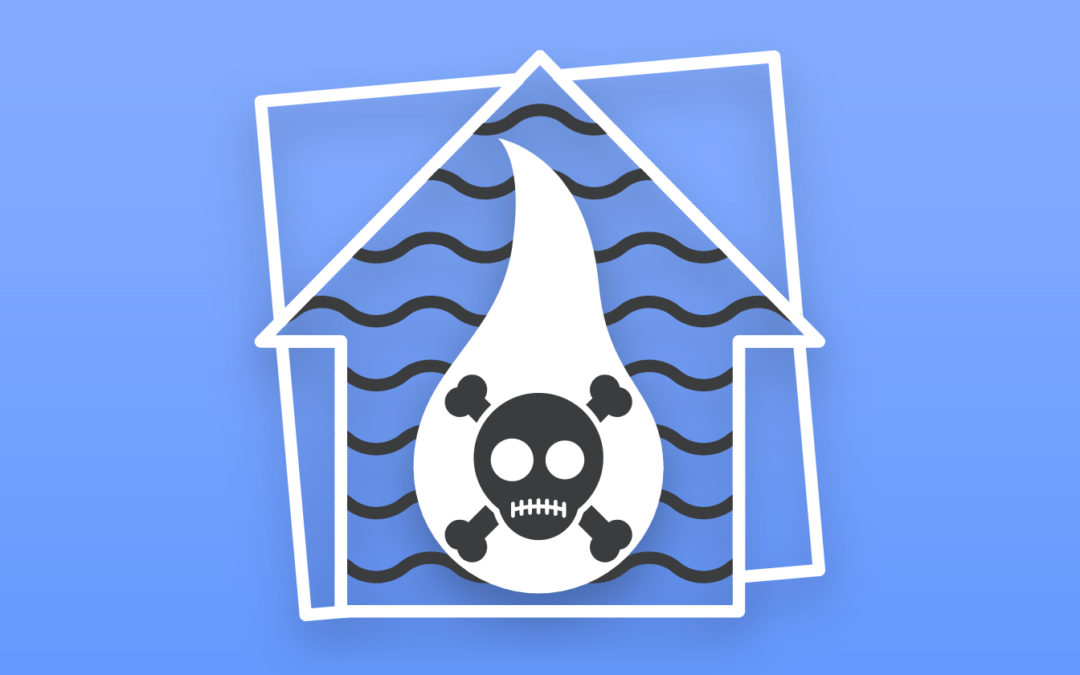In the last blog entry, we discussed the threat of carbon monoxide (CO) poisoning, how it works, and how to prevent it. In this entry we’ll discuss some of our own experience with this subject.
While CO poisoning might seem like a minor threat to many, it is quite devastating when it hits close to home. This is just what happened to a good friend, and customer, of ours recently. Their sister and brother-in-law were overcome by CO fumes in the middle of night while sleeping. The brother-in-law passed away during the night, and the sister passed away several days later with multiple severely damaged organs.
Unknown to them, the vent for their propane furnace had never been fastened correctly. All it took was a slight movement of the equipment, and then an opening could be created at one of the joints of the vent. The CO was allowed to leak into the home and build up to the degree that it became lethal for anyone in the house.
Every year in the U.S., CO poisoning will cause more than 20,000 people to visit the Emergency Room, more than 4,000 to be hospitalized, and more than 400 to die. These are sobering numbers. Perhaps, what makes this information even more troubling is the ease by which this threat can be prevented.
Having a CO detector installed close to any sleeping area is an inexpensive and simple first line of defense. Make sure to check these devices two times a year to make sure they are operating correctly, and that the batteries do not need replacing.
We also recommend having the home’s furnace—or any other fuel-burning equipment—checked and serviced at least once a year. During these check-ups, a qualified technician can identify any potential hazards and take care of them appropriately.
We desire that CO poisoning never hit this close to your home, and hope that you can use these tips to help keep you and your family safe—while giving you a little added piece of mind.
Source: You can learn more about CO—along with its potential hazards and some additional prevention tips—at the Centers for Disease Control and Prevention Web site: http://www.cdc.gov/co/default.htm.
